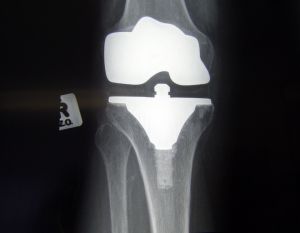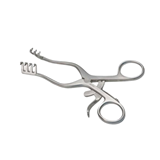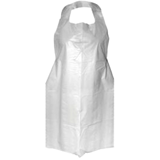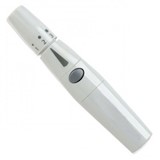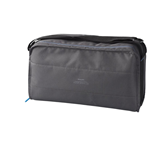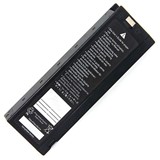Dr Vasilev – who is a Future Fellow at the Mawson Institute at UniSA - will discuss the issue of infections and their effects on patients and society next week when he presents the latest in UniSA’s Knowledge Works series of free public lectures.
The use of implants and other medical devices such as catheters and artificial prostheses in hospitals leave patients vulnerable to infection. Dr Vasilev said that despite sterilisation and other procedures, these devices were often colonised by bacteria and became infected.
"A 2009 publication found that hospital associated infections resulted in a $1 billion cost in Australia just from the extra days spent in hospital by patients who pick up infections in care,’’ Dr Vasilev said. "That’s $1 billion in extra healthcare costs every year.’’
There are 175,000 hospital associated infections in Australia every year, although this does not equate to 175,000 patients affected, since some patients will pick up multiple infections.
"These infections cause a lot of suffering to patients,’’ Dr Vasilev said. "The problem is getting worse, as it’s more and more difficult to kill bacteria because they are developing resistance to antibiotics.’’
The traditional method of dealing with infection is oral delivery of antibiotics – unfortunately, there is no guarantee that antibiotics will be delivered to the point of infection, and they carry a risk of side effects such as organ damage and the need for further surgery to remove infected devices.
New solutions include antibacterial coatings which modify the surfaces of devices so that bacteria cannot adhere to the surfaces. Other options involve the release of anti-bacterial agents to protect the surface and surrounding areas, such as through wound dressings.
Dr Vasilev said that silver was being used in a number of protective surfaces and treatments, because of its anti-bacterial properties and little evidence to-date of microbial resistance.
He will deliver the lecture, titled "Infections and medical devices – applying research to improve outcomes,’’ at the Mawson Centre Lecture Theatre, UniSA Mawson Lakes Campus at 6pm on Tuesday November 22. Public registration for the lecture can be accessed at http://www.unisa.edu.au/knowledgeworks

